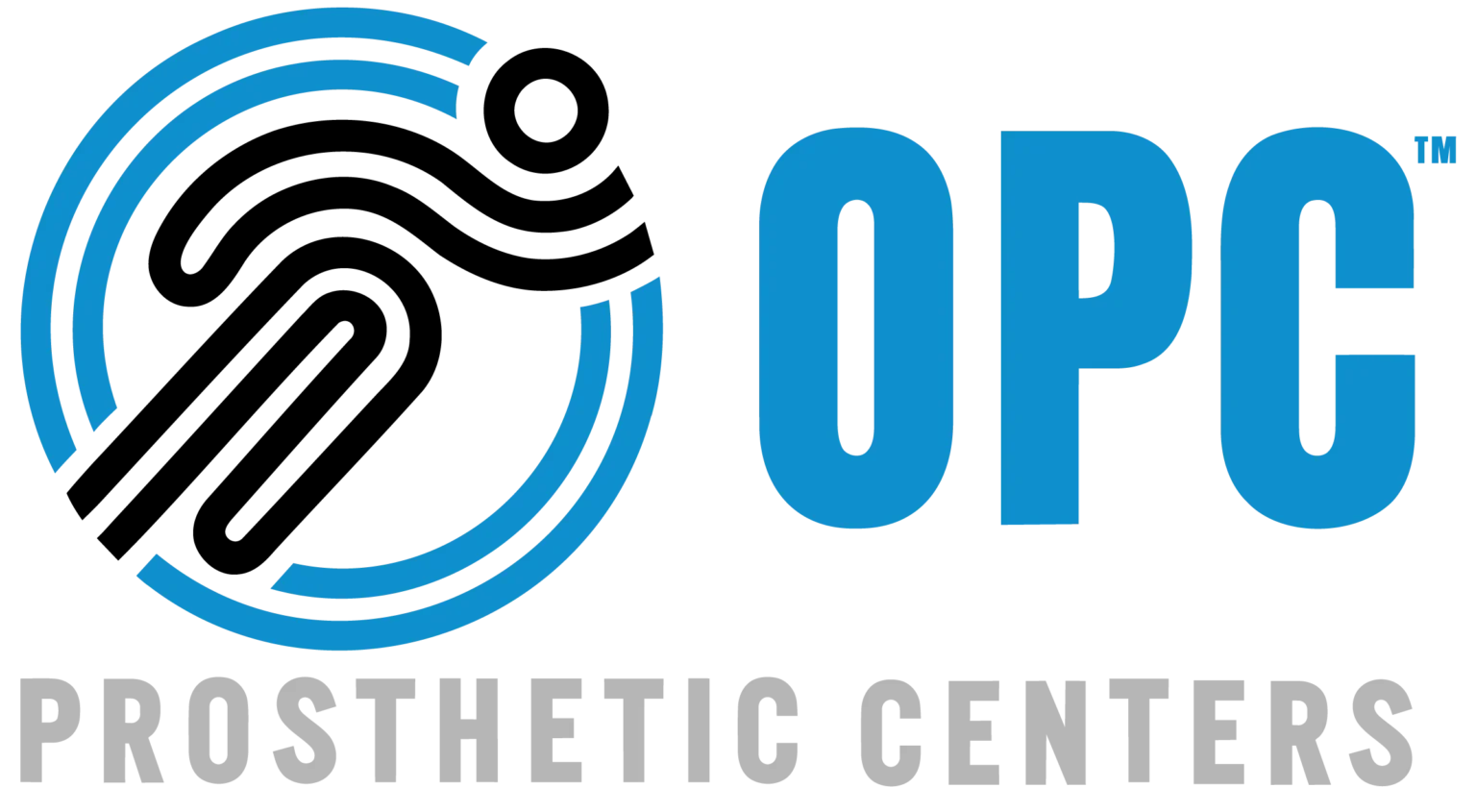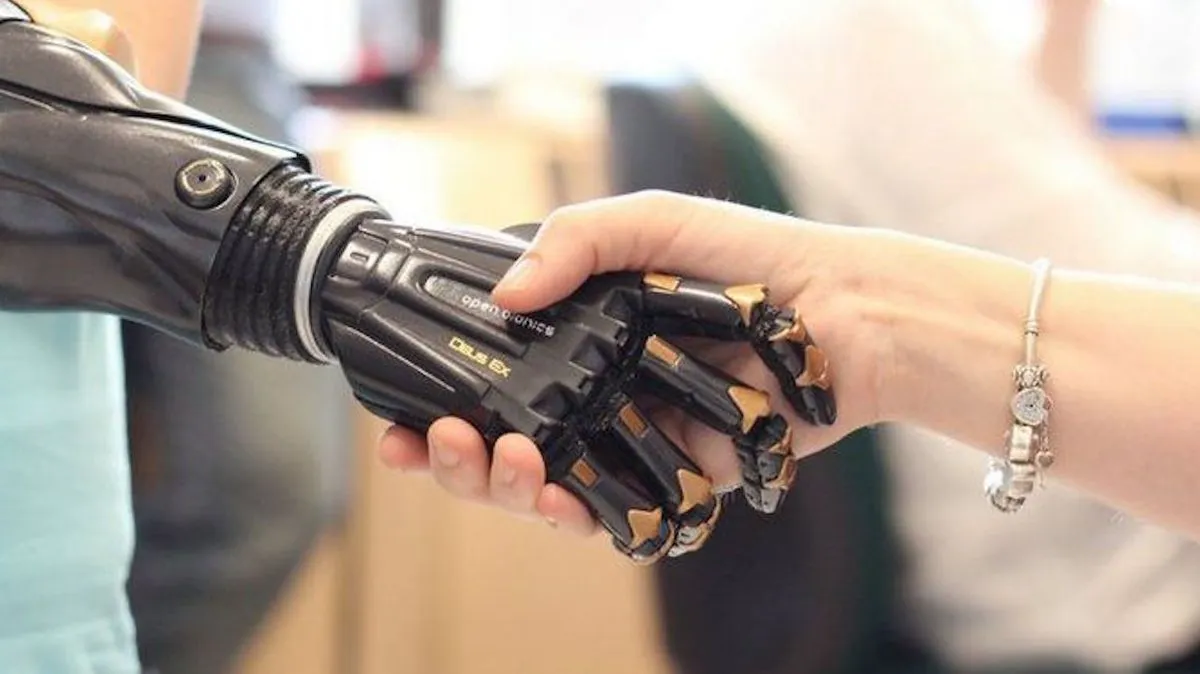There was a time when prosthetic limbs were hidden from view. People didn’t talk about them in public. Often, they were treated like something to hide or feel embarrassed about. But that is no longer the case.
Today, social media has shifted that story. Every scroll, swipe, and like is rewriting how the world sees prosthetic limbs. People who once stayed silent now share their lives online. They post videos, dance clips, daily routines, and even jokes—all while wearing a prosthetic limb.
This shift matters. Why? Because stories told by real people can break down old beliefs faster than facts alone. And platforms like TikTok, Instagram, and YouTube are helping these stories spread far and wide.
Let’s look at how social media is rewriting the script, reshaping ideas, and bringing real change.
The Power of Personal Stories
Before social media, stories about prosthetic limbs came mainly from news or documentaries. These were often dramatic or sad. While well-meaning, they left little room for joy, humor, or everyday life.
Now, that has changed.
People share the first time they walked again. They show how they cook, paint, or play guitar. Some laugh at their own mistakes. Others give tips to new users. These real-life moments are full of heart. They speak louder than facts ever could.
Also, this shift gives control back to the user. They tell their own stories in their own words. Moreover, the mix of raw truth and everyday fun builds a stronger connection. Viewers begin to see the person first, not just the prosthetic legs.
Visibility Builds Confidence
When you see someone like you succeed, it boosts your confidence. That’s true for many people with prosthetic limbs. Social media gives them a chance to see others just like them living boldly.
A teen who lost a leg might feel alone in their town. But on TikTok, they find hundreds of others going through the same thing. Some are dancing. Others are running or lifting weights. Many talk openly about their pain and pride.
Additionally, hashtags like #prostheticlife or #bionicleg make these stories easier to find. They connect people across borders, time zones, and languages. Moreover, the effect is powerful. It replaces shame with pride. It turns quiet pain into shared strength.
Breaking Stereotypes With Every Post
Old ideas about prosthetic limbs still linger. Some think people with them are weak or always need help. Others assume they can’t do certain things, like sports or art.
Social media crushes those ideas.
One viral video can change how thousands think. A person running with a blade leg. A child dancing with a hand prosthetic. A makeup artist applying eyeliner with a limb difference. These scenes stay with viewers.
Also, influencers with prosthetic limbs are now seen as trendsetters, not exceptions. In addition, the more people see this, the more normal it becomes. What once shocked people now feels inspiring, bold, or even cool.
Humor, Humanity, and Real Talk
Many users don’t just post serious moments. They bring humor, sarcasm, and joy into their posts. This helps others see them as full people—not defined by their prosthetic limb.
They share memes, funny fails, or unexpected moments. One person joked that their leg is the “Swiss Army knife of limbs.” Another shared a video of using their prosthetic to hold a snack.
Also, some talk honestly about bad days. They say when their socket hurts or when staring in public feel too much. Moreover, these honest posts help people understand what life is really like. Not perfect. Not tragic. Just real.
Brands and Media Are Finally Listening
Before, few brands featured people with prosthetic limbs. Now, more and more ads include them. This didn’t happen by chance. Social media gave these stories a stage. Brands had to listen or be left behind.
Now, clothing lines, shoe brands, and even makeup companies feature models with prosthetic limbs.
Also, some social media users become brand ambassadors. Their influence grows because people trust them. They’re not actors reading lines. They’re living it.
Moreover, this new visibility has reached TV, film, and print, too. Real people sharing their truth have pushed the media to catch up.
Building Community and Connection
Social media does more than share stories. It builds support systems.
There are groups for people with leg amputations. Others focus on arm prosthetics. Some offer advice on school, work, or dating. These online spaces offer a mix of guidance, friendship, and fun.
Also, many users say these communities helped them heal faster. Some even say they learned more from online peers than from doctors. Moreover, sharing tips, mistakes, and wins builds trust. People support each other through surgery, rehab, and life after.
Inspiring the Next Generation
Kids who grow up seeing someone like them on screen start life with fewer doubts. That’s what makes social media so powerful. It shows them they belong.
A child with a prosthetic limb might now dream of being a dancer, athlete, or pilot—because they saw someone doing it online.
Also, it helps parents too. Seeing other families share their stories brings comfort. It helps them see a future filled with hope, not fear. Moreover, schools and teachers can use these stories to teach kindness, respect, and inclusion.
Changing the Words We Use
Another big shift is language. Before, terms like “disabled” or “handicapped” were used without thought. Now, users with prosthetic limbs are helping change that.
They speak up when media or ads use the wrong terms. They explain why certain words hurt. And most importantly, they suggest better ones.
Also, they create their own labels. “Limb different,” “bionic babe,” or simply “me” are some they use. Moreover, these changes matter. Words shape how we see others. When we change the words, we change the view.
Not Just for Awareness—But for Action
While awareness is good, many users also use social media to drive change. They call out unfair rules. They push for better access. They raise money for surgeries or devices.
Some post links to fundraisers. Others lobby for better healthcare laws. A few even run campaigns that reach thousands.
Also, this mix of real stories and strong calls to action has started real conversations offline, too. Moreover, their voices now reach lawmakers, doctors, and news outlets.
What This Means for the Future
The future looks more open, more real, and more bold for people with prosthetic limbs. Thanks to social media, their stories are not hidden anymore.
Also, new apps and tools will make sharing even easier. Virtual reality, 3D tools, or AI captions could help more users join in. Moreover, younger users already see prosthetic limbs not as strange, but as part of life.
This is just the beginning. The more we listen, the more we learn.
Conclusion
Social media is not just about fun posts or viral trends. It’s a powerful voice for people who once felt unseen. Today, those with prosthetic limbs are showing the world what strength, joy, and courage look like. They’re not asking for pity. They’re sharing pride. They’re not being defined by their limbs. They’re being defined by their lives. And every like, share, and follow helps move the world forward.
Feel like your story could help someone? The team at OPC is ready to support you every step of the way.



